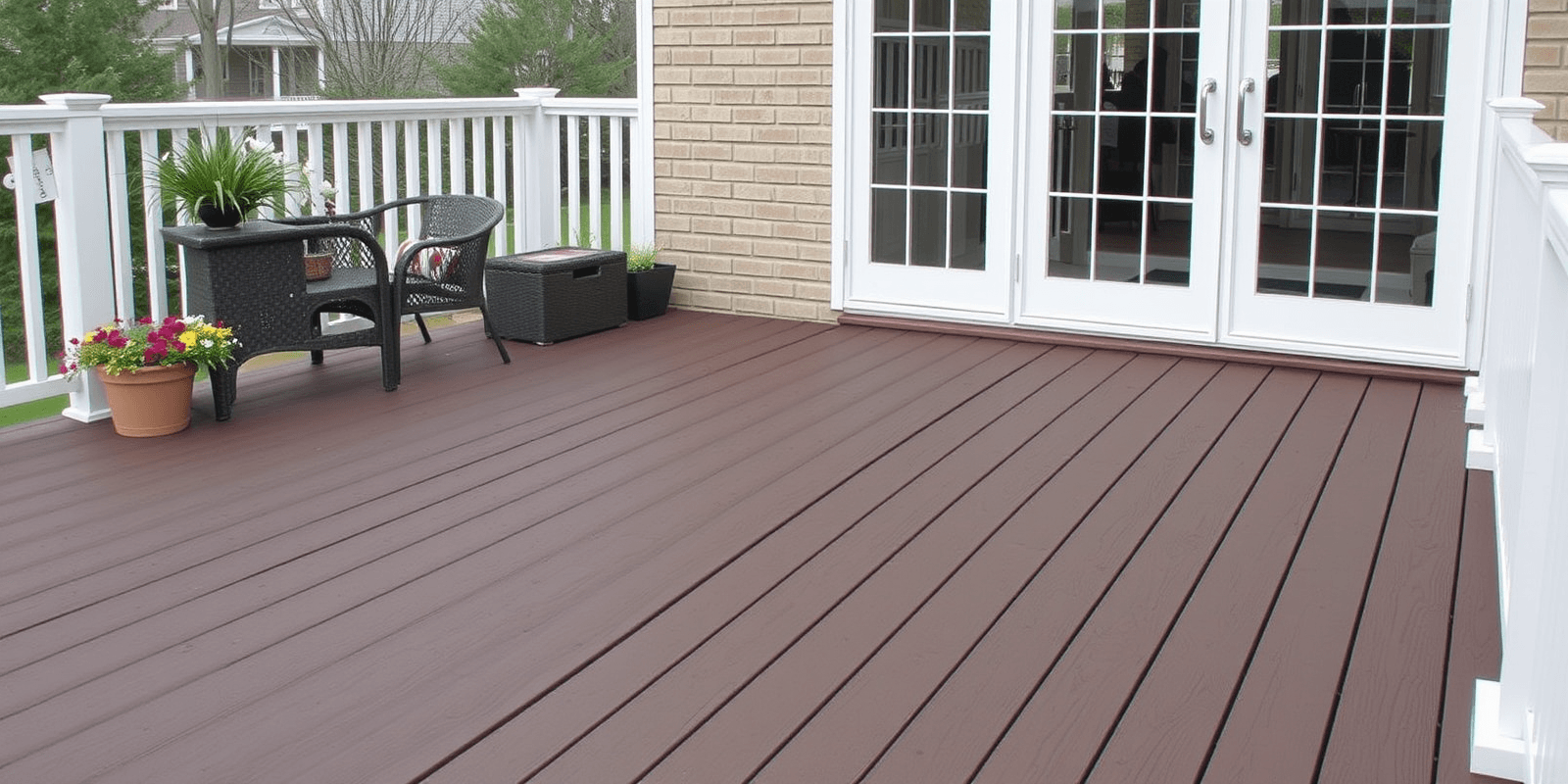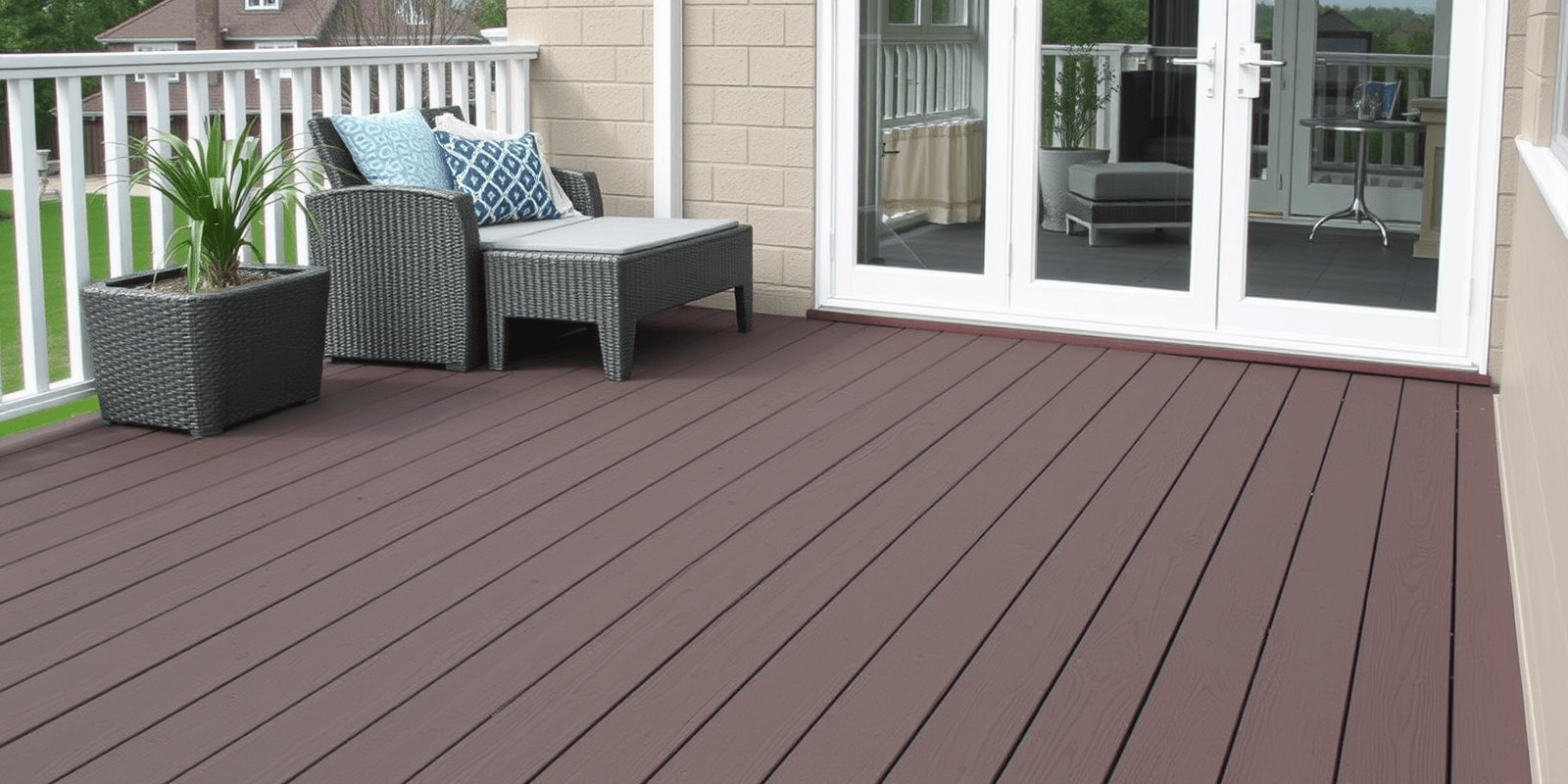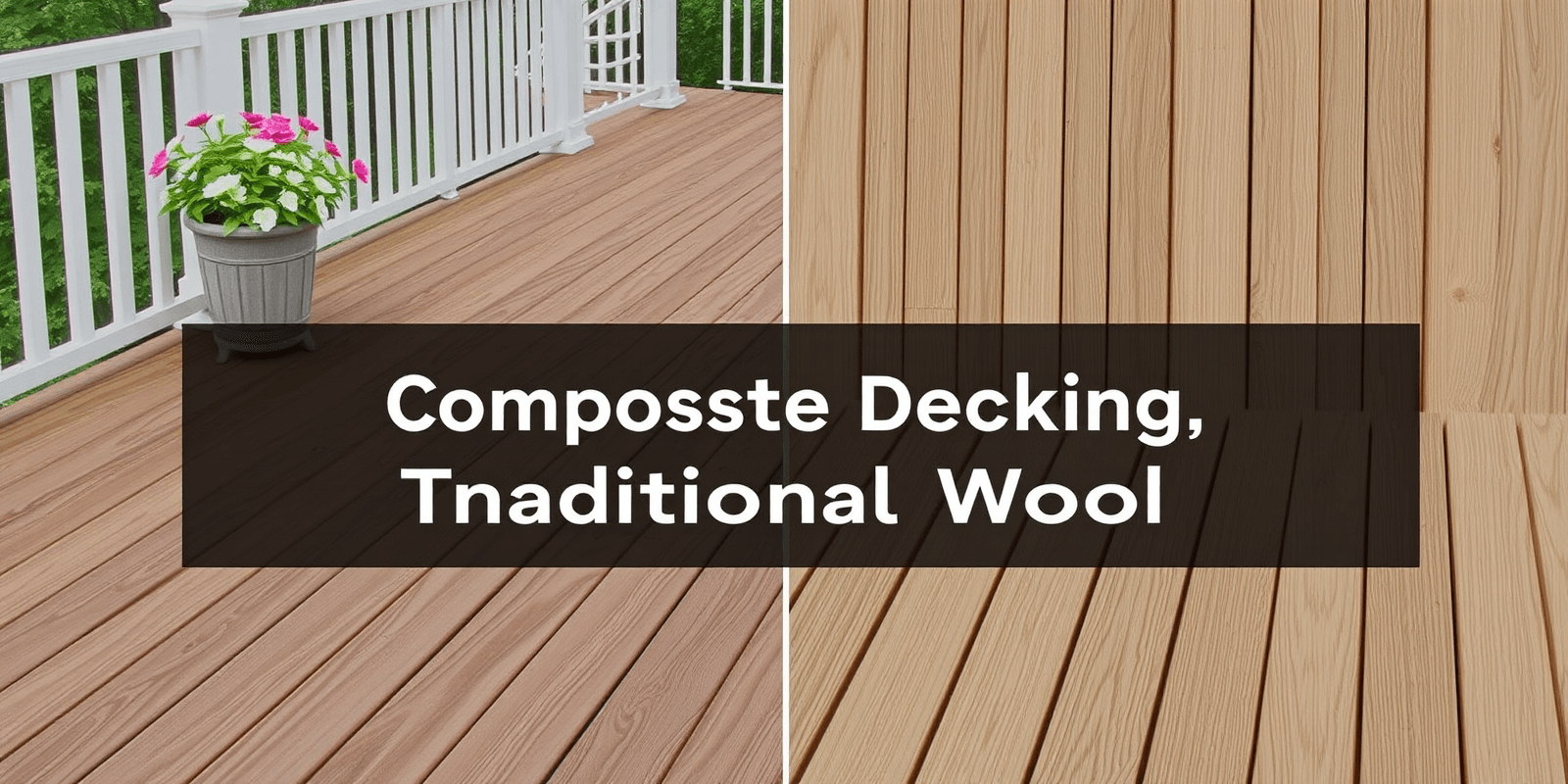“`html
Will Composite Decking Prices Go Down?
Introduction
The demand for composite decking has been steadily increasing as homeowners seek low-maintenance, durable alternatives to traditional wood decks. However, the price of composite decking materials has remained relatively high compared to natural wood options. This article will analyze current market conditions, production costs, and supply chain impacts to determine if composite decking prices are likely to decrease in the near future.
Current Market Conditions
Composite decking materials have become increasingly popular due to their resistance to rot, insects, and weathering. However, this demand has led to higher production costs and limited availability, which has kept prices elevated. According to recent data from the Composite Panel Association (CPA), the demand for composite decking has increased by approximately 5% annually over the past five years.
Production Costs and Supply Chain Impacts
One of the primary factors influencing composite decking prices is the cost of raw materials. The main components of composite decking include recycled plastic and wood fibers. Fluctuations in the prices of these raw materials can significantly impact the overall cost of production. For example, increases in the price of plastic resin can lead to higher manufacturing costs, which are often passed on to consumers.
In addition to raw material costs, the global supply chain disruptions caused by the pandemic have also affected composite decking prices. Shipping delays and port congestion have increased transportation costs, further driving up the final price of composite decking products. As supply chain issues begin to ease, we may see some downward pressure on prices.
Economic Factors and Industry Forecasts
Several economic factors could contribute to a decrease in composite decking prices. One key factor is the ongoing trend towards sustainable building practices. As more consumers prioritize eco-friendly materials, the demand for composite decking is likely to continue growing. This increased demand could encourage manufacturers to invest in more efficient production processes, potentially lowering costs over time.
Industry analysts predict that the global composite decking market will grow at a compound annual growth rate (CAGR) of around 6% between 2023 and 2028. This growth is expected to be driven by increasing consumer awareness of the benefits of composite decking, including its durability and low maintenance requirements. As competition in the market intensifies, manufacturers may be forced to lower prices to remain competitive.
Potential Price Decrease
Given the current market dynamics, it is possible that composite decking prices may decrease in the coming years. However, this decrease is likely to be gradual rather than sudden. As the supply chain continues to normalize and manufacturers adopt more efficient production methods, we may see some downward pressure on prices. Additionally, increased competition in the market could drive prices lower as companies strive to capture a larger share of the growing composite decking market.
Conclusion
While the immediate outlook for composite decking prices remains uncertain, there are several factors that suggest prices may eventually decrease. These include improving supply chain conditions, growing demand for sustainable building materials, and increased competition among manufacturers. However, any significant price drops are likely to occur gradually over time as these factors take effect.
“`



